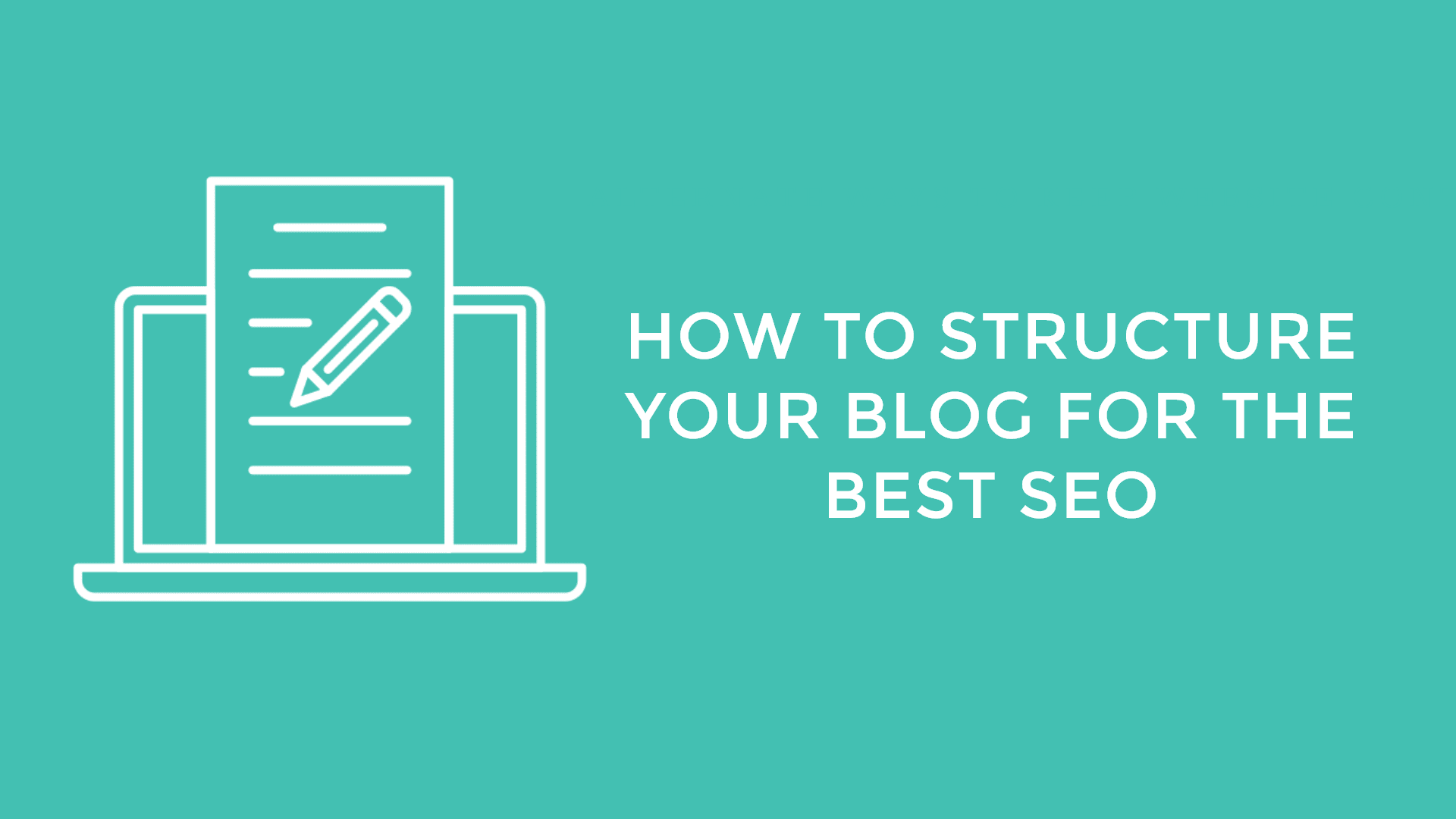Having a blog on your website is good for attracting readers, providing value to your clients and boosting your site’s SEO. By structuring your blog content in a way that is optimized for SEO, you can improve your chances of reaching a wider audience.
How to Structure Your Blog
Research Keywords
One of the first steps in structuring your blog for SEO is to research relevant keywords that your target audience is likely to use when searching for information online. By incorporating these keywords strategically throughout your blog posts, you can improve your chances of ranking higher in search engine results for those specific terms.
Headers
Headers are great for both readers and web crawlers. Visually, they break up large blocks of content. But they also make it easy for readers to scan for information, making it more likely that they will stick around and read the post. In addition, web crawlers love using headers to analyze and rank information. Happy web crawlers = good SEO. Use H1 for the main title, H2 for subheadings, and H3 for further subheadings. Make sure to include your main keyword in at least one of these tags.
Signal Words
Much like headers, signal words such as first, second, last, in addition, etc. are good for both readers and ranking. When drafting your post, think of signal words as how you can lead readers through the content. Use signal words in chronological order to make the flow clear.
Content-Length
Blog posts should be a minimum of 350 words, posts with 1000+ words are a plus! Posts of that length are considered cornerstone content, or the best content on your site – also the posts you would want to be ranked highest on your site. Cornerstone content should include keywords that most relate to your site.
Clear and Concise Title
The title should accurately describe what your post is about and include the main keyword. This one may be surprising to some, but the length of your blog title matters. Depending on the length of your post, you may lose a potential reader if it’s not descriptive enough – on the flip side, if the title is too long, it will likely get cut off in the title tag displayed in search engine results. Keeping titles 50-65 characters is the sweet spot between descriptive and fully displayed.
Optimize Meta Descriptions
Meta descriptions play a crucial role in SEO and can significantly impact your blog’s click-through rates in search engine results. Your meta description should provide a concise summary of your blog post and encourage users to click through to your site. Keep your meta description between 120-160 characters to ensure that it is displayed in full in search engine results. Make sure to include relevant keywords as they can help improve your site’s visibility and relevance for specific search queries.
Categories and Tags
Much like headers, sorting blog posts into categories and then tagging each one is good for readers and search engine ranking. Tags are basically keywords for that post. They should be no longer than 3 words, and 1 word is ideal. For example, some of the tags for this post are; blog, blogging, how to, SEO, web crawler, ranking, etc. The better your post is organized, the easier it is to be found.
Images and Descriptions
Images in a blog post are great for several reasons; they visually illustrate your post, and they also provide a break in the written content that is pleasing to the eye. But images are also important because they are a sneaky way of boosting SEO. When you upload an image to your post, be sure to fill out ALL of the information including Title, Description, Caption, and Alt Text. Learn more about each of these in our post “Image Information, What’s Important for SEO.”
Internal and External Linking
Internal and external linking: Link to other articles on your site for internal linking and link to authoritative sources for external linking. This helps you to establish your credibility and improve user experience.
Avoid Keyword Stuffing
Keyword stuffing is a risky SEO strategy where targeted keywords are excessively used to try to boost search engine rankings. Essentially, it involves stuffing as many keywords as possible into a webpage’s content, meta tags, headers, footer, and other elements search engines think are relevant. Search engines use algorithms designed to catch and penalize websites that do this. This penalty can lead to significant decreases in search engine rankings that are difficult to regain.
Have Questions?
Have questions about how your website works? Schedule a complimentary 30-minute consultation, and let’s chat about your business and how we can help you.

